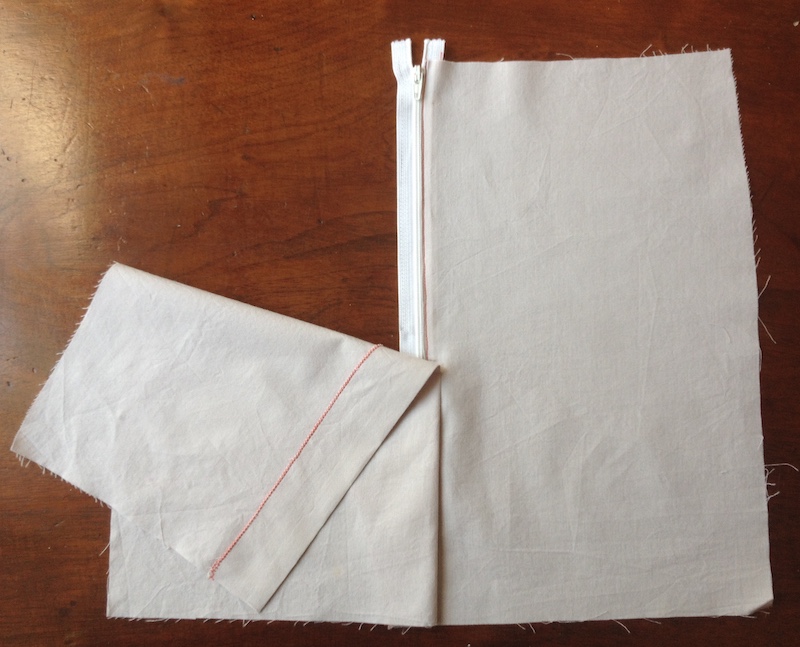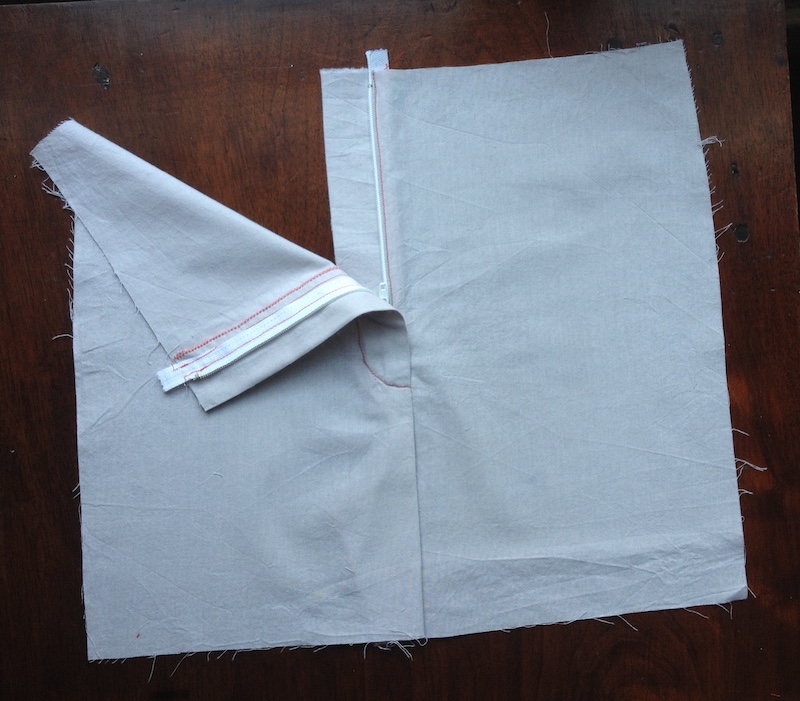In part 2 of the Balanced Skirt Block series we transferred measurements onto paper in form of a grid, worked out and marked dart widths for front and back panels.
At the moment our dart leg and centre points are connected with straight lines and need to be shaped into curves that follow those of our body. Curves are tricky to measure and are best observed directly in the mirror or in photo references. It is a good idea to approach this task with the artist’s eye, seeking out lines, shapes and spaces in what you see. I will demonstrate on the back dart as it can have a wide variety of shapes but the same logic applies to the side and the front ones. Take a side view photo of yourself and look at the curve connecting the back waist and the most protruding buttock point. Does it go straight down then curves gently as in picture 1? Or it it closer to picture 3 and has more of a rounded shape to it? I’m personally similar to the first one.

The guideline is this: if the back curve goes straight down then it will do the same on that section of the dart; where it curves outwards the dart legs will curve inwards:


Poor dart shaping can upset the hang of an otherwise well-fitted garment so taking a moment to analyze your contours is a good investment of your time. Next time I’ll show a hands-on way of shaping the waist curve, then the block is completed.
Remember, a solid understanding of the skirt will help achieve a good fit on trousers too. I plan to write a separate series on trouser drafting and fitting. If this is of interest, you can sign up to receive new post notifications via mail on this page.



































